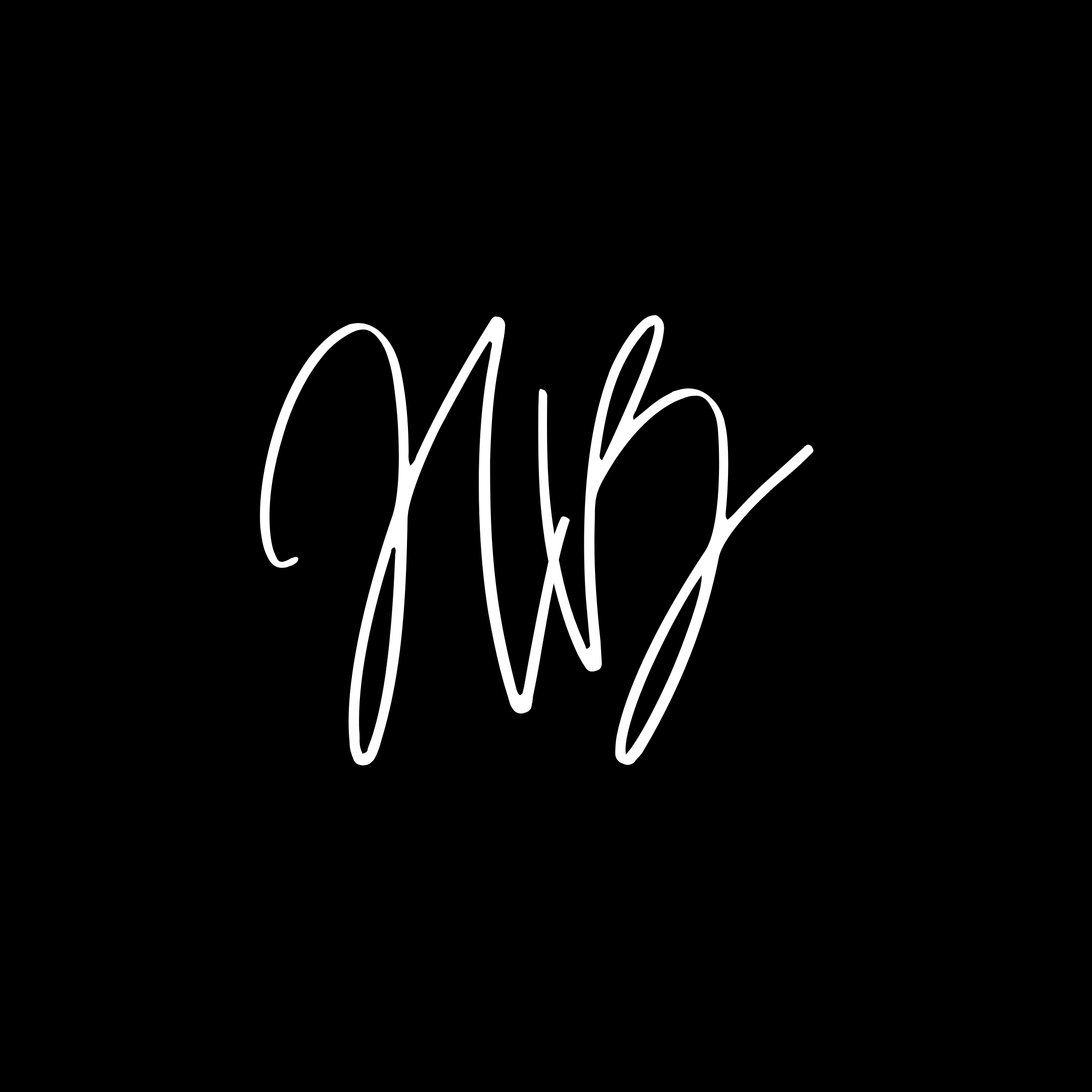Mastering the C Major Scale on Guitar: A Beginner's Guide
- Bhardwaj H

- May 2, 2023
- 2 min read
Learning scales is an essential part of mastering the guitar, and the C Major Scale is one of the most fundamental scales for beginners to learn. In this article, we'll provide a beginner's guide to mastering the C Major Scale on guitar.
1. Understanding the C Major Scale
The C Major Scale consists of seven notes: C, D, E, F, G, A, and B. The pattern of the scale is whole step, whole step, half step, whole step, whole step, whole step, half step. This pattern can be played on any string, starting from the C note.
2. Learn the Open Position
The open position of the C Major Scale is played on the first three frets of the guitar. Start by placing your first finger on the first fret of the B string, your second finger on the second fret of the D string, and your third finger on the third fret of the A string. Play each note in sequence, using downstrokes on the B and E strings and upstrokes on the other strings.
3. Move Up the Neck
Once you have mastered the open position, it's time to move up the neck. Start by playing the C note on the third fret of the A string with your third finger. Then, move up the neck, playing the same pattern on each fret. Use the same fingerings as in the open position, but adjust the position of your fingers to accommodate the higher frets.
4. Practice with a Metronome
To develop good timing and accuracy, it's important to practice the C Major Scale with a metronome. Start at a slow tempo and gradually increase the speed as you improve. Focus on playing each note cleanly and evenly.
5. Experiment with Different Rhythms
Once you are comfortable playing the C Major Scale, try experimenting with different rhythms. You can play the scale in different time signatures, such as 3/4 or 6/8, or add rests and accents to create different rhythms and melodies.
6. Apply the C Major Scale to Your Playing
Finally, it's important to apply the C Major Scale to your playing. Try improvising over different chords using the C Major Scale, or use the scale to create melodies and solos. You can also use the scale to practice different techniques, such as hammer-ons, pull-offs, and slides.
In conclusion, mastering the C Major Scale on guitar is an important step in your journey as a guitar player. By following these guidelines and practicing regularly, you'll be well on your way to becoming a skilled and versatile guitarist.

_edited_edited_edited.png)